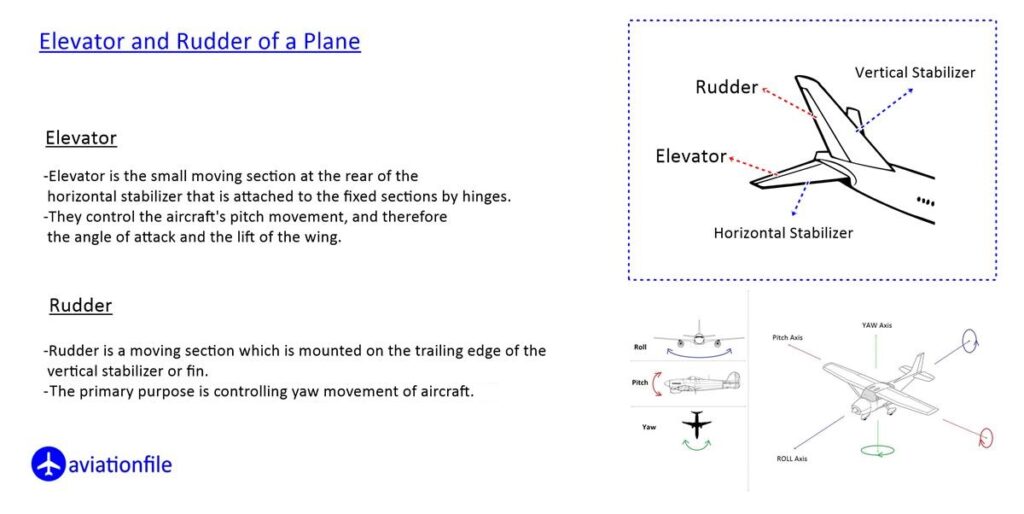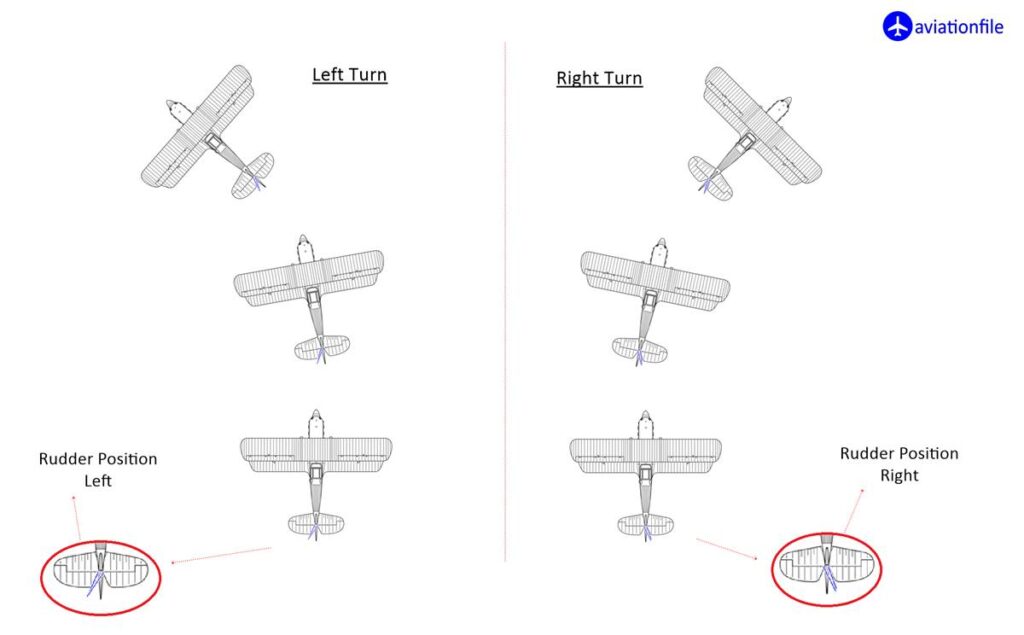Understanding the “Dead Engine, Dead Foot” Principle in Aviation
In multi-engine flying, safety and quick decision-making are key. One vital concept pilots learn is the “dead engine, dead foot” principle. This phrase helps pilots quickly identify which engine has failed in the event of a malfunction. Here’s how it works and why it’s so important in aviation.
What Is the “Dead Engine, Dead Foot” Principle?
The phrase “dead engine, dead foot” is a simple rule. It refers to the relationship between an engine failure and rudder control during flight. When an engine fails on a twin-engine aircraft, the pilot can use this principle to figure out which engine has stopped working.
- Dead Engine: The engine that has failed or is no longer providing thrust.
- Dead Foot: The rudder pedal on the same side as the failed engine that is not being pressed.

Why Is It Important?
Engine failures cause a significant yaw. When one engine stops working, the remaining engine pushes the aircraft towards the side of the failed engine. The pilot needs to apply rudder pressure on the opposite side to correct this yaw.
This is where the “dead engine, dead foot” rule comes into play. The foot that isn’t applying pressure (the “D-foot”) corresponds to the side of the engine that has failed. This simple association helps the pilot act fast without needing to look at instruments.
How the Principle Works in Flight
Here’s how a pilot can apply the rule in an emergency situation:
- Engine Failure: The pilot notices a sudden yaw in one direction.
- Counter the Yaw: The pilot applies rudder pressure on the opposite side to keep the aircraft straight.
- Identify the D-Engine: The side where the rudder foot is not pushing (the “D-foot”) points to the failed engine. If the left foot is “dead,” the left engine has failed. If the right foot is “dead,” the right engine has failed.
This quick identification is crucial for the pilot to take appropriate action, such as shutting down the failed engine, feathering the propeller, and flying on one engine.

Practical Example
Imagine flying a twin-engine plane and the right engine fails. The aircraft will yaw to the right due to the thrust from the left engine. You will press the left rudder to maintain a straight flight. In this scenario, your right foot isn’t pressing the pedal—it’s “dead.” Therefore, the right engine is the dead engine.
Why This Principle Matters for Safety
The ability to quickly diagnose an engine failure can make a huge difference in a critical situation. The “D-engine, D-foot” rule is taught in multi-engine training because it helps pilots react instinctively. Every second counts when managing an engine failure, and this principle gives pilots a straightforward method to identify the problem.
Conclusion
The “dead engine, dead foot” principle is a vital concept in aviation safety. It simplifies engine failure diagnosis and helps pilots stay calm and act fast in emergencies. By understanding which engine has failed, pilots can take the right steps to manage the situation and safely continue the flight.
For pilots, mastering this principle is crucial for multi-engine flying. It ensures quick, accurate decision-making during one of the most challenging situations in the air.
Key Takeaways:
- The “D-engine, D-foot” principle helps identify which engine has failed.
- It uses the relationship between yaw and rudder control.
- Fast identification of the failed engine improves safety in emergencies.
By keeping this rule in mind, pilots can better manage engine failures and ensure smoother, safer flights.


